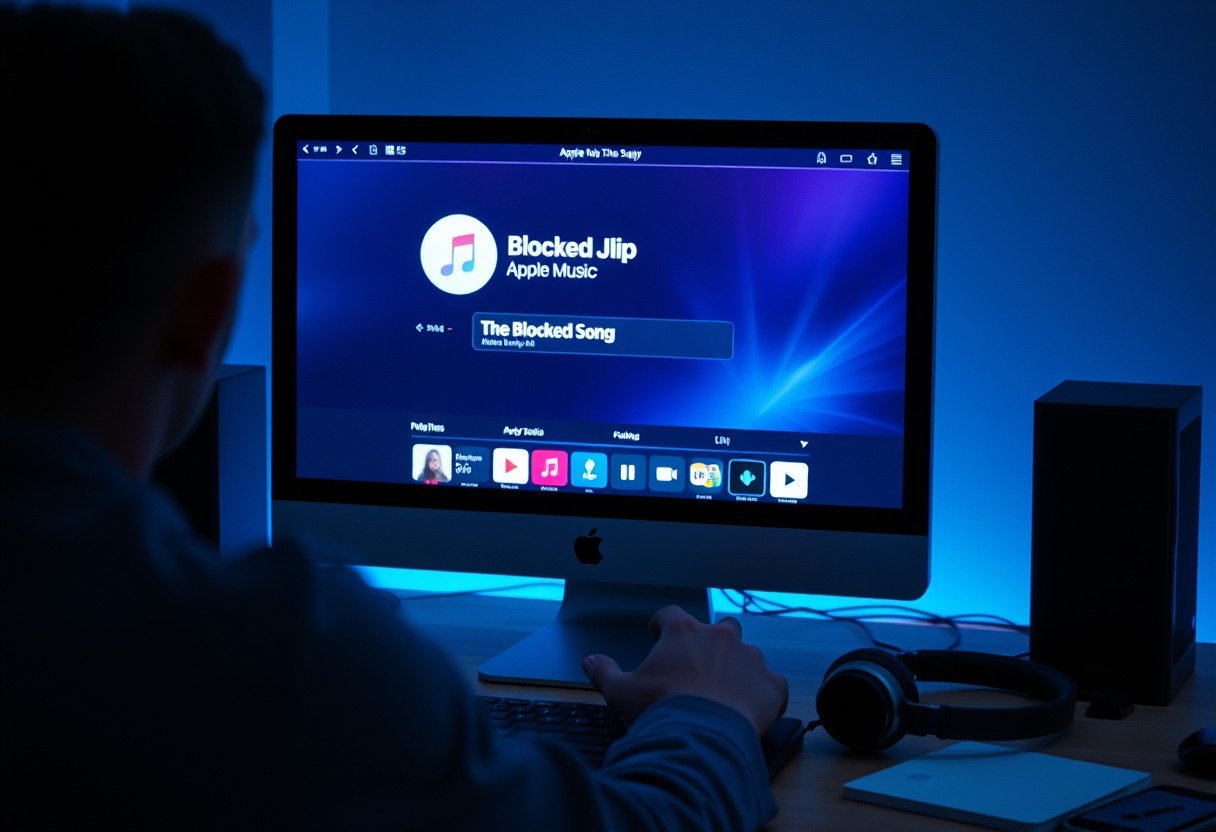Want to know if a podcast is truly popular, where it ranks, how to check it, when to track it, who it matters to, and why it grows? This guide shows simple ways to measure reach and impact using real metrics and trusted tools so you can choose better shows and build smarter content.
What Makes A Podcast Popular
Popularity is not only download counts. It is a mix of audience size, listener loyalty, and how often people talk about the show. Platform charts, reviews, and social buzz all play a role.
The best signal is steady growth across several metrics, not one big spike that fades fast.
Think about three layers. First, reach, like unique listeners and downloads. Second, engagement, like completion rate, ratings, and shares. Third, momentum, like chart movement and new followers week by week.
Creators and brands also look at fit and trust. A show with a smaller but loyal niche can beat a big show with weak retention. This is why context matters when you compare podcasts.
Core Metrics You Should Track
Start with downloads and unique listeners based on IAB Podcast Measurement Guidelines, which many major hosts follow. This helps you compare shows fairly. Track episode performance in the first 7, 30, and 60 days to see staying power.
Engagement metrics like completion rate and retention by episode tell you if listeners love the content, not just click play.
Ratings, written reviews, follower counts, and subscriber growth add useful color. Save notes on spikes and dips so you can link changes to topics, guests, or release timing.
| Metric | Why It Matters | Where To See It |
|---|---|---|
| Downloads And Unique Listeners | Shows reach and trend over time | Hosting dashboard, IAB compliant reports |
| Completion Rate And Retention | Reveals content quality and episode length fit | Apple Podcasts Connect, Spotify for Podcasters |
| Followers And Subscribers | Signals loyalty and future plays | Spotify for Podcasters, platform dashboards |
| Ratings And Reviews | Social proof, sentiment, and themes | Apple Podcasts, Podchaser, directories |
| Chart Positions And Movement | Compares you to similar shows | Apple and Spotify charts, Chartable, Podtrac |
Understanding Charts On Apple Podcasts And Spotify
Charts help you see where a show stands in a country and category. They often reflect a mix of new plays, new follows, and momentum within a time window. Category choice affects how hard it is to rank.
Do not judge on one day, watch chart movement for at least two to four weeks to spot real momentum.
- Sustained growth in new followers often lifts chart rank.
- Fresh episodes at a steady cadence can keep a show visible.
- Listener retention and quick repeat plays can support ranking signals.
Use country filters to compare markets. A show might be top 50 in one country but not visible in another. If you release in seasons, track before, during, and after the season to read the full picture.
How To Read Listener Reviews And Social Signals
Ratings tell you the crowd view at a glance, but written reviews tell you why. Look for common themes about audio quality, host style, topic freshness, and episode length.
Sentiment over time is more useful than one loud review, track trends across weeks and new episodes.
Social media can reveal real engagement. Check replies, shares, and saves, not just follower counts. Tools that listen for brand mentions can show where listeners discover the show and what moments they quote.
Search the show name on major platforms to find clips, quotes, and community threads. If fans create highlights and share timestamps, that is a strong sign of loyalty.
Simple Steps To Check A Podcast’s Popularity
Use a repeatable process so you can compare shows fairly. Set a simple worksheet, then update it monthly. This keeps your view clear and avoids guesswork.
- Open Apple Podcasts and Spotify charts, note category ranks for the last 14 to 30 days.
- Review the host analytics for downloads, unique listeners, and top 3 episodes by completion.
- Scan ratings and the 20 most recent reviews, log common praise and complaints.
- Check social mentions for the show name, host name, and recent guests, record engagement type.
- Compare these notes to two similar shows in the same niche and audience size.
Repeat the same steps every month so you can see true growth, not random bumps.
When you evaluate a new show, also log release cadence and average episode length. Mismatch between topic and format often shows up in low completion rate.
Tools And Platforms For Reliable Podcast Analytics
Most credible hosts follow IAB guidelines, which filter out bots and duplicate requests. Use the built in dashboard from your host for core numbers, then add a tracking link platform for deeper views.
Chartable and Podtrac are widely used to benchmark and attribute, and they help you compare against the wider market.
Apple Podcasts Connect and Spotify for Podcasters offer completion, retention, and audience devices. Use these for content edits, like trimming intros or fixing volume issues. For social listening, tools like Brandwatch, Mention, and Hootsuite can cluster sentiment and spot spikes tied to guests or topics.
Keep a single source of truth. Export monthly reports to a sheet, then annotate big swings with causes such as press, ads, or collaborations.
Benchmark Against Competitors And Niche Trends
Pick two or three peer shows that share your audience and topic. Compare episode frequency, average length, and guest mix. Also check their content pillars and how they package titles and descriptions.
Benchmarking highlights gaps you can fill, such as under served questions or missed search terms.
Track trend topics that surge in your niche. Industry reports, trade newsletters, and community forums can reveal rising themes before they hit the charts. When a trend fits your audience, plan timely episodes to ride that wave.
Look at audience overlap using public signals, like shared guests and cross promos. If you see active cross talk in comments, a joint episode may boost both shows.
Improve Visibility With SEO And Smart Promotion
Good search helps new listeners find you. Put the main long tail keyword in the episode title, the first lines of the description, and the show notes. Write clear summaries with the problem, the payoff, and named guests.
Transcripts, strong show notes, and helpful links boost discoverability on search engines and within podcast apps.
Use consistent naming for series and guests so your back catalog groups well in search. Add internal links between related episodes on your site. Submit to all major directories and keep categories accurate.
Promote with short clips, quotes, and stills that match the episode hook. Ask guests to share assets sized for each platform, and track referral links to see what works.
FAQ
What Is The Most Reliable Way To Measure Podcast Popularity?
Use several metrics together, like downloads, completion rate, follower growth, and chart movement over time. A blended view is more reliable than any single number.
How Many Downloads Is Considered Good For A New Podcast?
Benchmarks vary by niche and release schedule. Focus on steady month over month growth, better completion, and rising followers rather than chasing a single target number.
Do Apple Podcasts And Spotify Use The Same Ranking Signals?
Both track listening and momentum, but each platform uses its own mix of signals and timing windows. Watch trends on both charts and compare results side by side.
How Often Should I Check My Podcast Analytics?
Monthly tracking works well for trend reading, and weekly checks help catch issues early. Keep a simple worksheet so you can compare months cleanly.
Which Tools Help With Attribution And Benchmarking?
Chartable and Podtrac are common for market comparison and campaign tracking. Your host dashboard, Apple Podcasts Connect, and Spotify for Podcasters fill in completion and retention details.
Do Ratings And Reviews Really Affect Discovery?
High ratings and fresh reviews improve trust and can support visibility in app browse sections. Use simple asks in episodes and make review links easy to find.









Leave a Comment